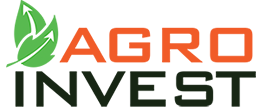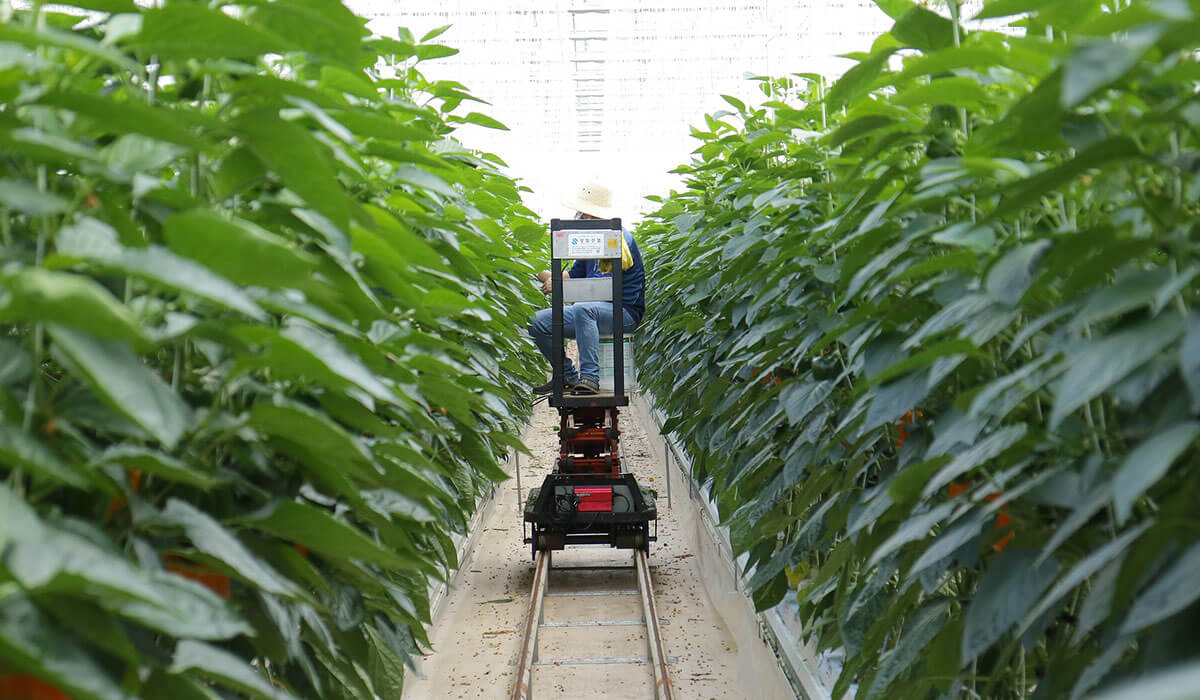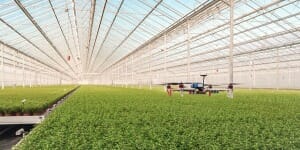What are Smart Agriculture Techniques?
Today, there are always new developments in the smart agriculture industry. Sufficient food is essential for the growing world population, expected to be 9.5 billion by 2050. The new intelligent agricultural technologies help us to overcome this issue. Industry 4.0 also led us to use technology in agriculture. For this reason, practices that we call modern and innovative agriculture rather than traditional techniques in the agricultural sector will come to the fore in the coming years.
What is Smart Agriculture?
The agriculture sector also continuously improves itself to overcome the difficulties brought by the increasing population. Smart technologies’ common goal is to increase efficiency and, while doing so, not to damage natural resources as much as possible. Using technology to use water more efficiently, which is an essential parameter in agriculture, is an example. One of the areas where smart agriculture contributes the most is the opportunity to grow many crops in specific agricultural land and control and monitor infrastructure suitable for each crop.
Smart agriculture uses sensors, drones, artificial intelligence, robots, and precision measurement devices in farming. Thus, it contributes to the development of farms in monitoring, control, detection, storage, cultivation, soil structure, and pest control.
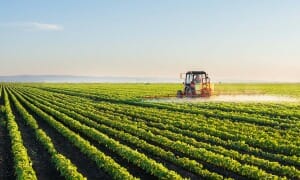
Smart Agricultural Techniques and Advantages
- By installing imaging systems such as satellites and drones, agricultural land productivity is increased to the highest level. Visual technologies also facilitate the detection of agricultural pests. Data collection with drone images provides better detection in the land.
- Sensors are also used in smart agriculture. Sensors measure the weather, soil temperature precisely in the farmlands, providing a more efficient process. Also, sensors monitor animal health precisely in animal farms.
- Intelligent technologies benefit agriculture at all stages, such as irrigation, fertilization, maintenance, soil, and harvest.
- Smart agriculture’s primary goal is to reduce the use of chemical pesticides and fertilizers, so the environment is not harmed.
- In the future, by using more robots and artificial intelligence in agriculture, precision agriculture practices increase productivity and time savings.
- Smart farming techniques help develop and provide more efficient organic farming.
- Technology is used to recycle waste to eliminate environmental problems with smart agriculture.
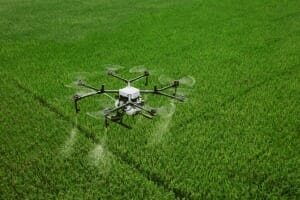
Your Smart Agriculture Investment Opportunity in Europe
When smart farming techniques increase, it won’t be easy to find fertile agricultural lands in the coming years. Productive and well-managed farmland is invaluable. Our Agro Invest Spain brand manages our lands on Spain’s fertile lands with API GROUP assurance. Would you like to invest in our well-managed and productive lands? If you want to invest more than 15% annually, you can contact us now.
All rights of this content prepared by Api Group Agro Inversiones SL (“API Group”) belong to API Group. These rights are protected and the partial or complete copying, reproduction, distribution, processing or use of the content in any way without permission and without reference will result in legal and criminal liability of individuals.
